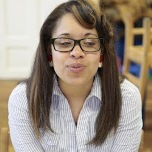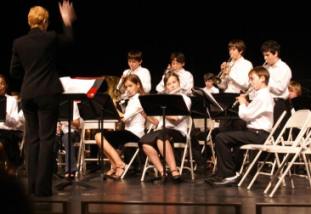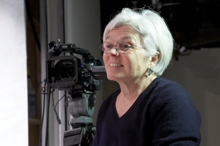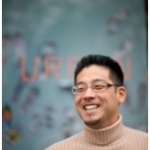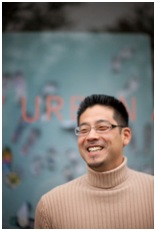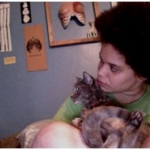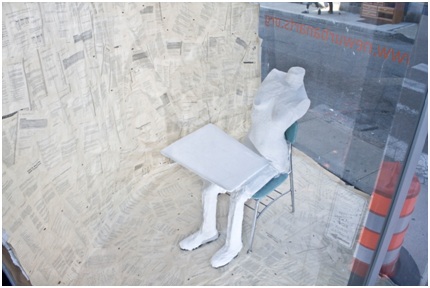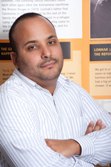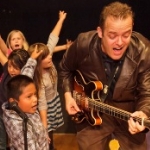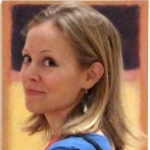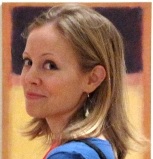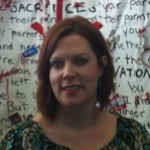
Ryan Hurley
Storytelling: Marriage of Data and Personal Narratives
Posted by Jun 18, 2012

Ryan Hurley
During our Americans for the Arts Annual Convention ARTventure to San Antonio’s culturally rich Westside neighborhood, we spent the afternoon with San Anto Cultural Arts, a local organization that builds community through the process of creating murals. Outside of their small office there is a large religious mural featuring a profile of Jesus surrounded by two angels. One of the organization’s co-founders, who was kind of hanging in the background of our tour, was encouraged by the tour guide to tell this story.
When heading back to the office one day he noticed a woman, whom he later found out was a prostitute, hanging out on the border of their property near the mural. As soon as she saw him approaching she apologized for loitering and promised to leave right away. He told her not to worry and began talking with her. She told him that the church down the street wouldn’t allow her to enter, so she would often come to this outdoor mural to pray.
The storyteller wasn’t trying to commodify this story or use it as a sales pitch. He shared this experience so we could understand the human element of their work. Those moments that we experience everyday and assume that others can summon when we talk about that abstract “power of the arts,” need to be shared, built upon, and married to supportive data.
During the Emerging Leaders Preconference, Americans for the Arts President and CEO Bob Lynch said something to the effect of “…for a group of artists, we need to become better storytellers.” I think this was said in the context of arts advocacy but I believe it is interrelated to growing as a community.
It was probably because of our own personal narratives or the persuasive narratives of others that convinced us to spend our lives in a financially (and emotionally) unstable field taking up the banner for the arts. This is not to underestimate the power of studies such as the new Arts and Economic Prosperity IV (4.1 million jobs are supported nationally by the nonprofit arts sector, nice!). These studies are invaluable to a diverse field that hosts a diverse audience, but these two quantitative and qualitative narratives could benefit from becoming more intertwined.
Read More


